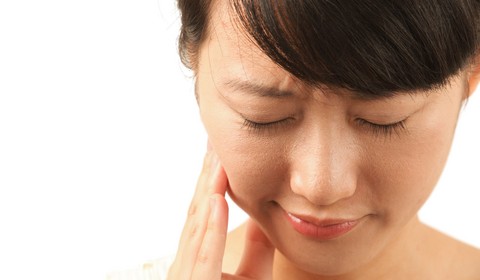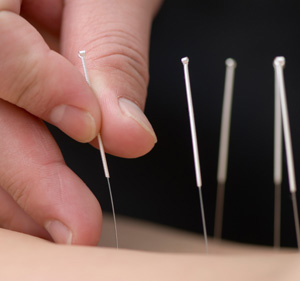
Acupuncture and Temporomandibular Joint Disorder (TMJD)
The temporomandibular joint (TMJ) is where the lower jaw (mandible) connects to the skull (temporal bone). This joint along with the muscles surrounding it allow us to open and close the mouth for talking, chewing and yawning. The alignment of the jaw can be changed when the various muscles that control the joint pull on the jaw in an irregular manner. This can affect how the joint moves and consequently the overall health of the joint.
Temporomandibular joint disorders (TMJD), or temporomandibular disorders (TMD) are defined by the American Dental Association as clinical conditions involving acute or chronic orofacial pain. They occur when the joint and surrounding muscles which open and close the mouth become imbalanced or damaged. TMD can involve both the hard and soft tissue structures of the TMJ (i.e., joint surfaces, capsule, articular disc, ligaments, muscles). The jaw and TMJ can also be affected by tension or strain in the muscles of the neck and shoulders. Other causes of TMD include whiplash and neck injury, bruxism (grinding of the teeth), and clenching of the teeth, arthritis in the TMJ, and stress.
TMD is 1.5-2 times more prevalent in women than in men. The highest occurrence in women is between 20-40 years of age. Symptoms of TMD may comprise of just one or multiple symptoms. These may include:
– Pain or discomfort (ranging from mild to severe) in the face, TMJ area, neck, shoulders, and ear
– Pain often worsened by chewing, talking, and/or opening the mouth
– Clicking, popping or grating with opening/closing
– Mechanical restrictions (i.e., limited jaw opening capacity, deviations in movement)
– Locking or sticking in jaw, affecting both open and closed positions
– Facial swelling
– Headache
– Neck stiffness
While there are numerous ways to effectively treat TMD, acupuncture has been shown in several studies to be very effective and relatively safe. One study found that subjects receiving acupuncture experienced significant decreases in jaw pain, jaw/face tightness and neck pain (Shen et. al., 2009). In a 2012 study, subjects experienced significant improvements including decreased pain, stronger algometer pressure needed to produce pain and improved mouth opening (Vincente-Barrero et. al., 2012).
Another study performed in 2012, where acupuncture needles were directed specifically at the external pterygoid muscle (a jaw muscle related to TMD), found a significant improvement in pain and functional limitation which persisted up to 6 months after finishing treatment (Gonzalez-Perez et. al., 2012).
The number of acupuncture treatments a person may need is dependent on the chronicity and severity of the condition. A more mild condition may resolve in four treatments, while a chronic condition may require more. Generally, six acupuncture treatments are recommended to start. While these treatments lead to decreased pain and improved function, long-term treatment and management may be needed in order to maintain and prevent further complications. Other factors contributing to TMD, such as posture, diet, dental work and decreasing stress levels may also need to be discussed and modified in order to help prevent reoccurrence in the future.
References
Gonzalez-Perez, L., Infante-Cossio, P., Granados-Nuñez, M., & Urresti-Lopez, F. (2012). Treatment of temporomandibular myofascial pain with deep dry needling. Medicina Oral, Patología Oral Y Cirugía Bucal, 17(5), e781-e785.
Shen, Y., Younger, J., Goddard, G., & Mackey, S. (2009). Randomized clinical trial of acupuncture for myofascial pain of the jaw muscles. Journal Of Orofacial Pain, 23(4), 353-359.
Vicente-Barrero, M., Yu-Lu, S., Zhang, B., Bocanegra-Pérez, S., Durán-Moreno, D., López-Márquez, A., & … Limiñana-Cañal, J. (2012). The efficacy of acupuncture and decompression splints in the treatment of temporomandibular joint pain-dysfunction syndrome. Medicina Oral, Patología Oral Y Cirugía Bucal, 17(6), e1028-e1033.
Leave a reply →






